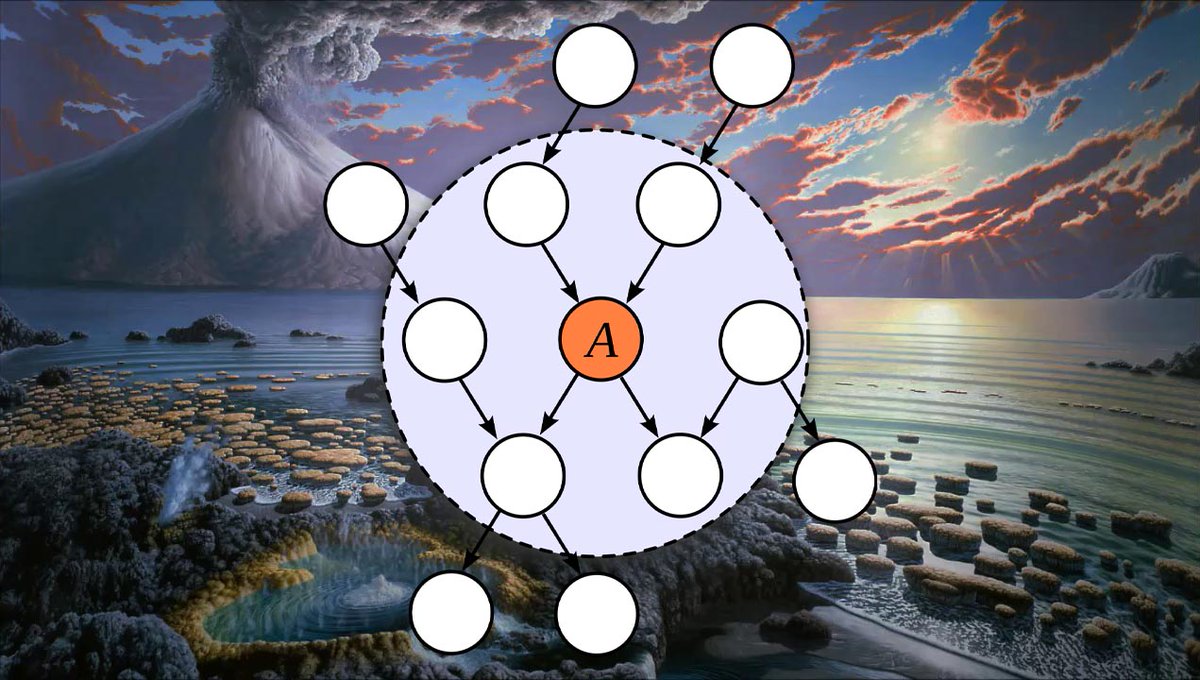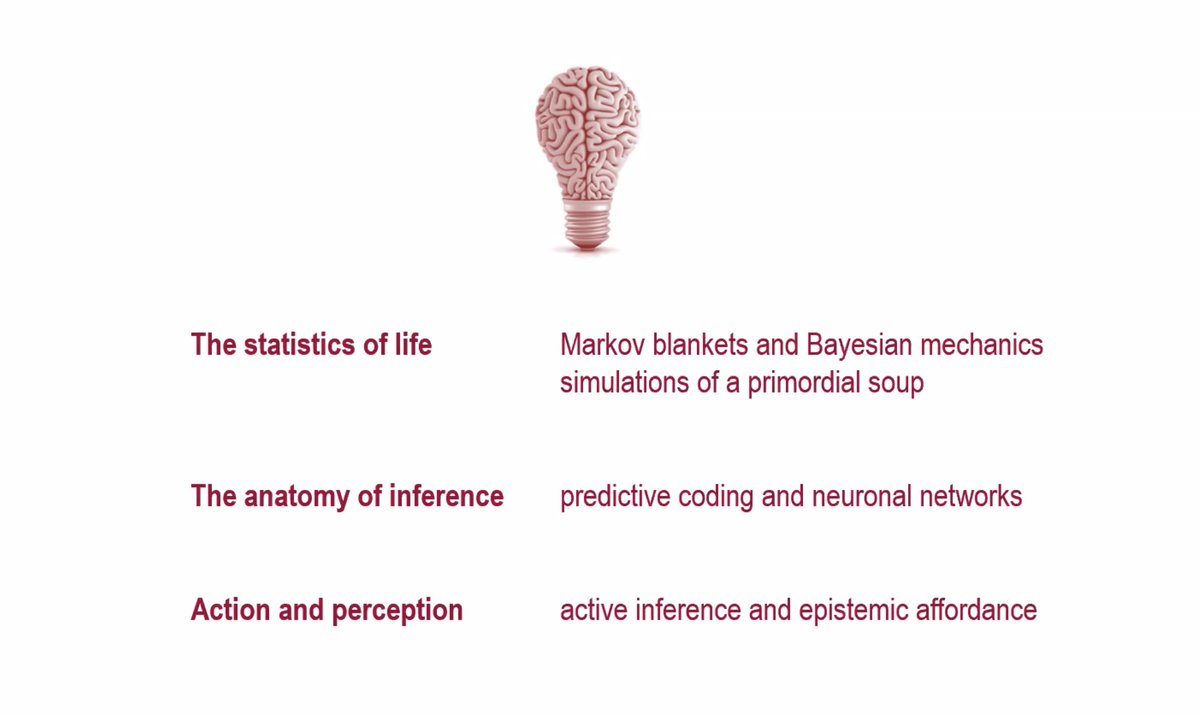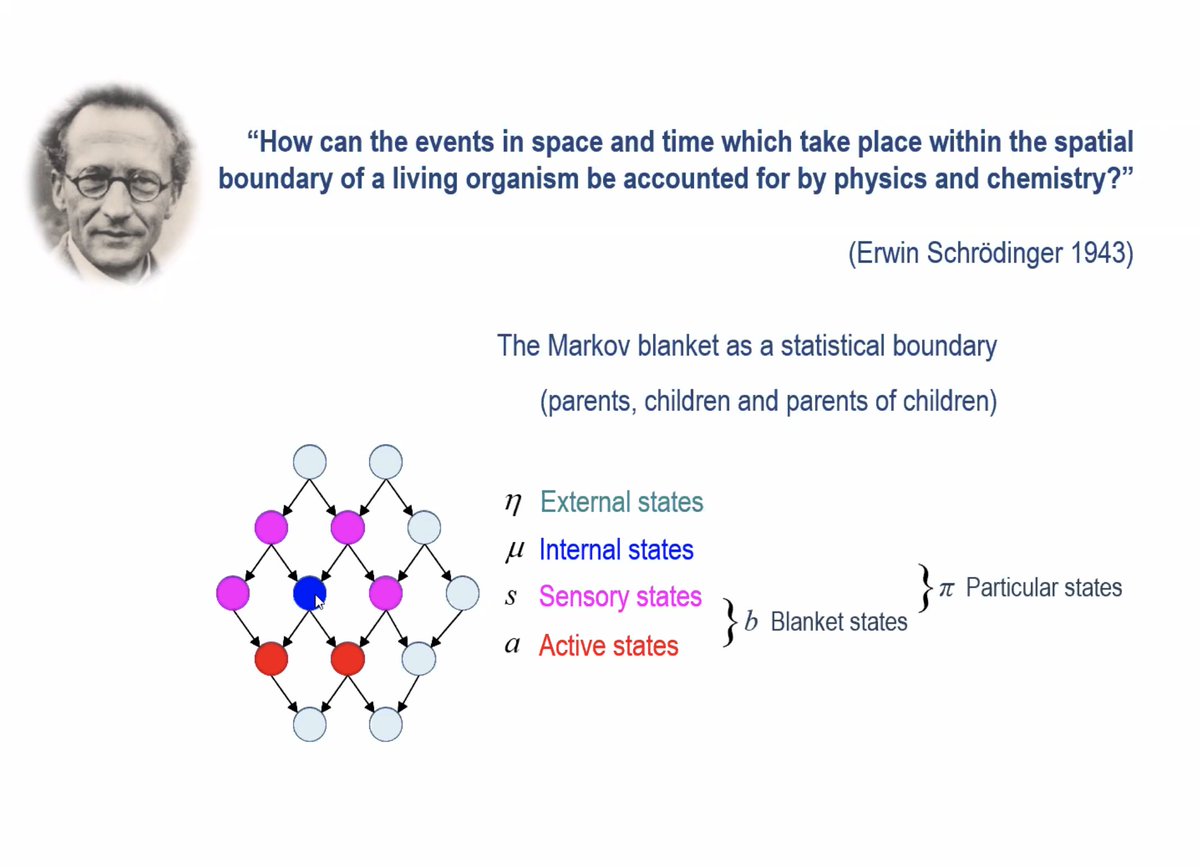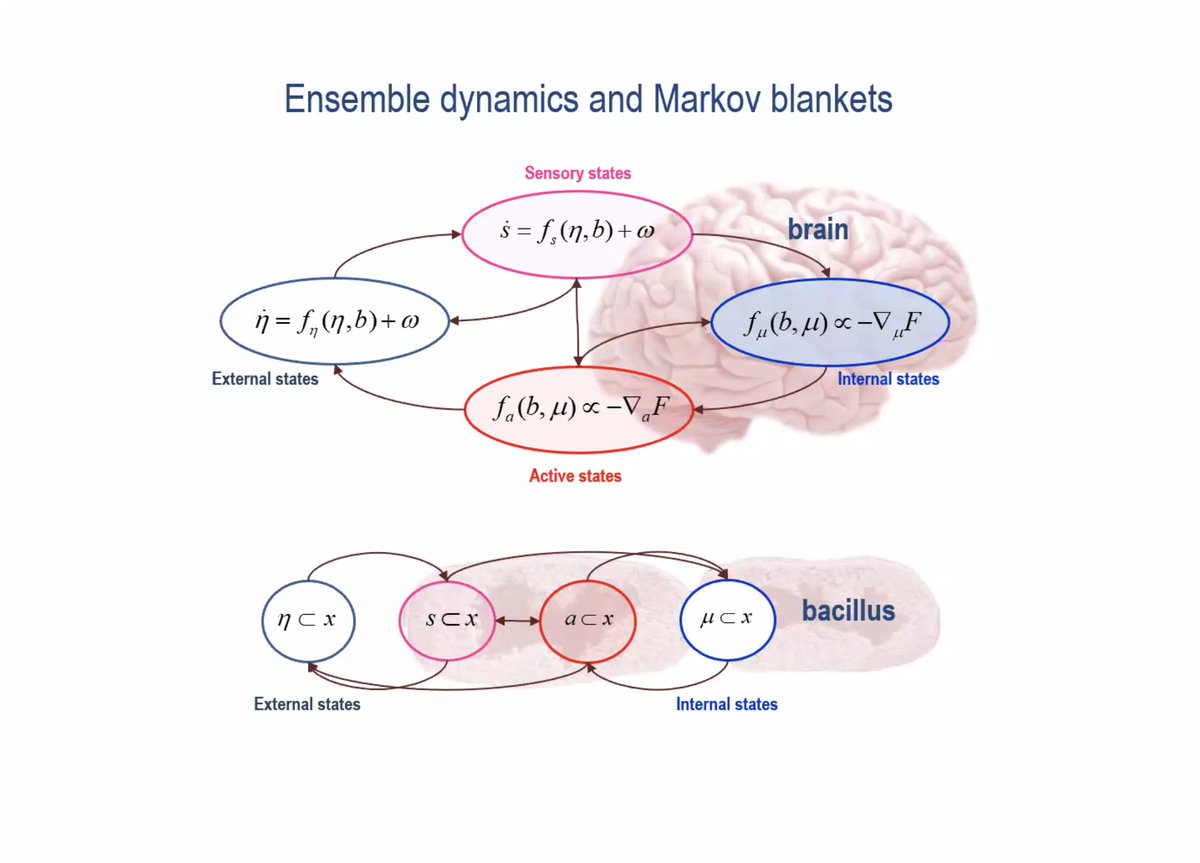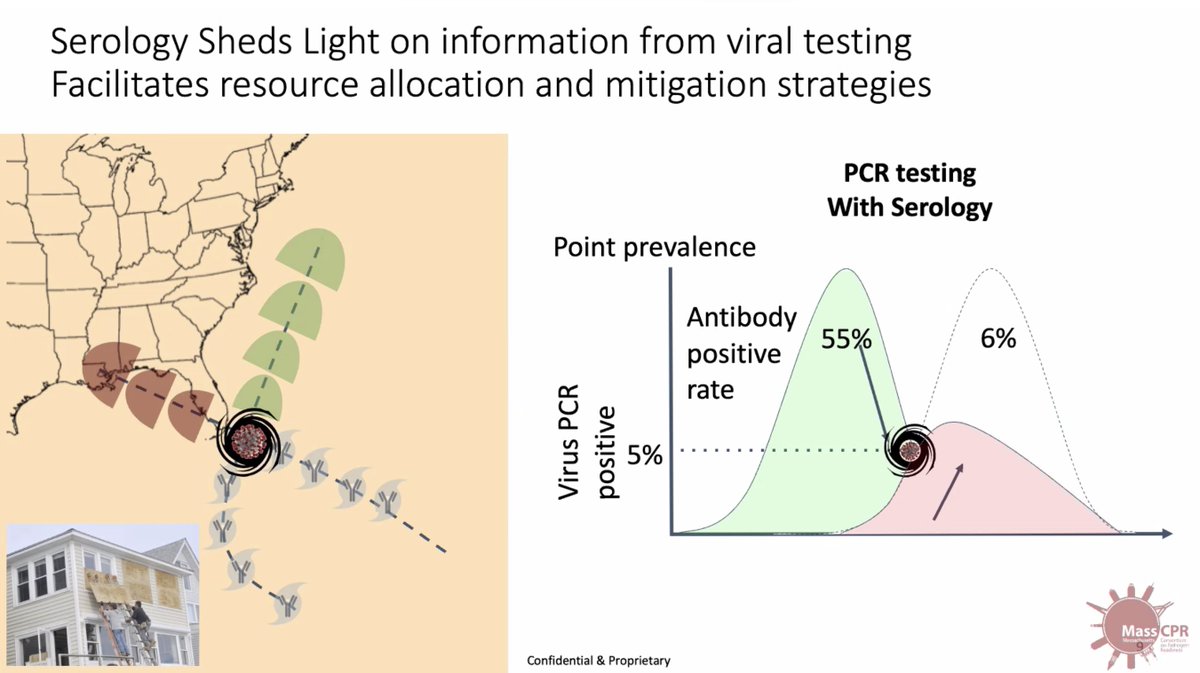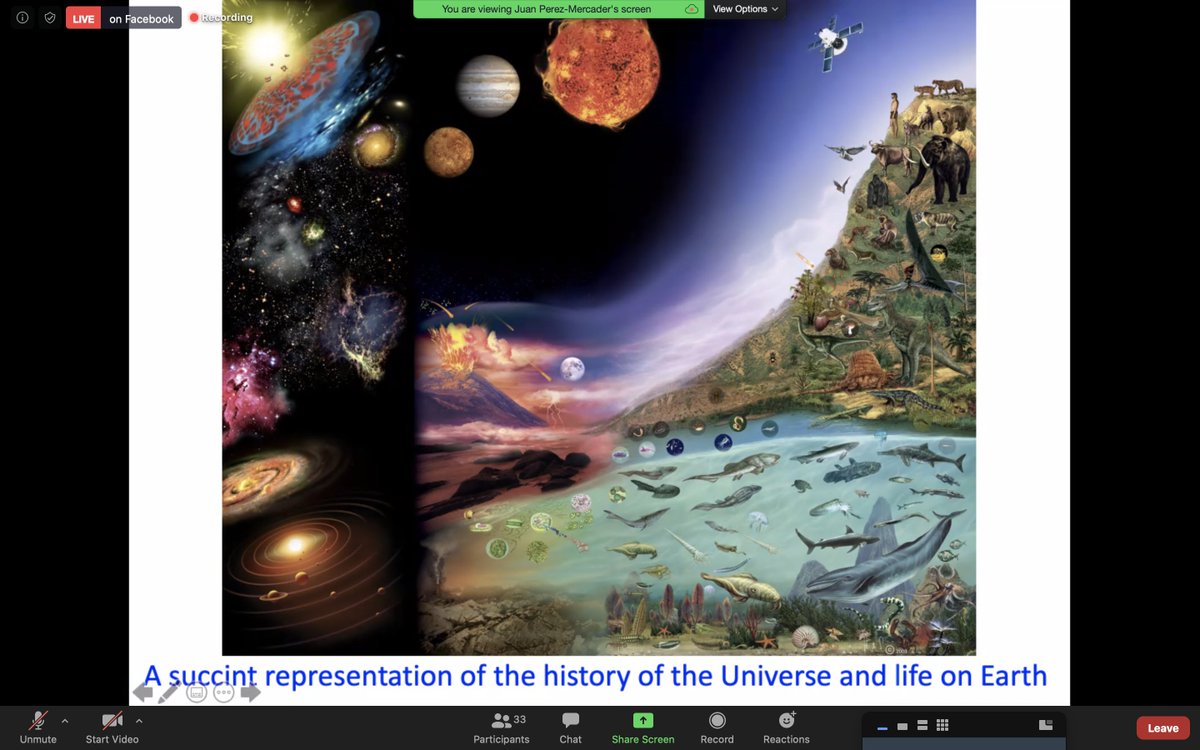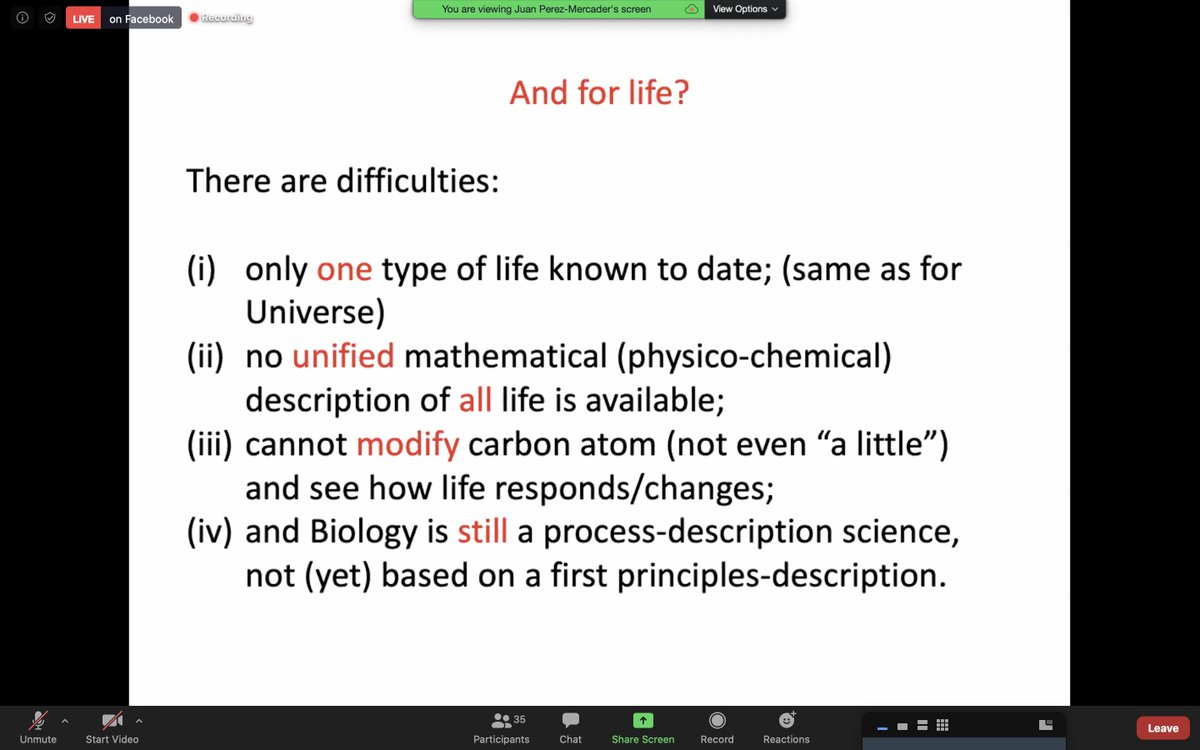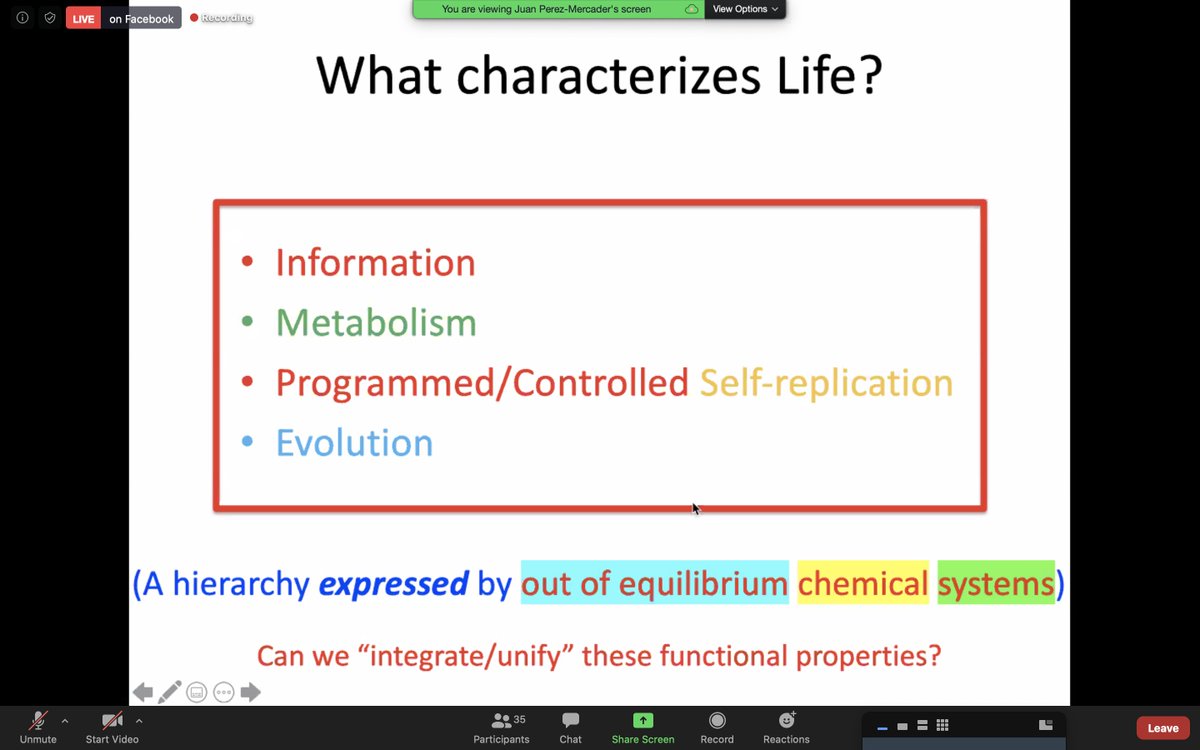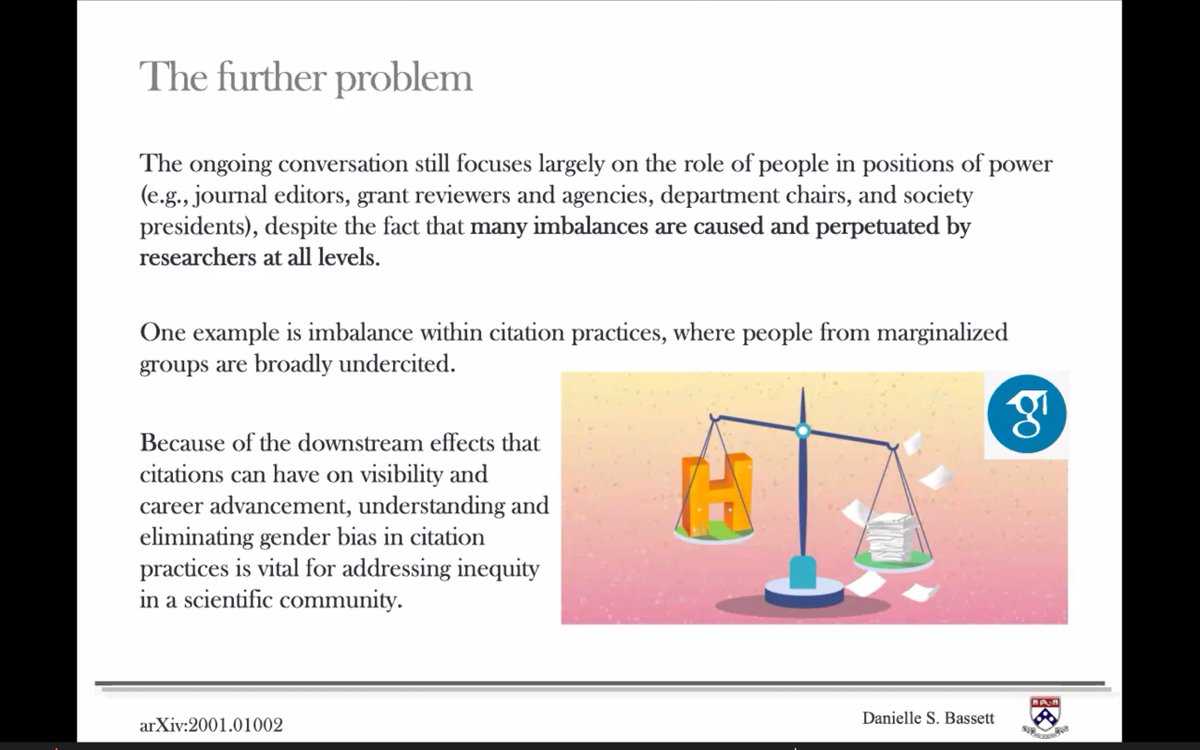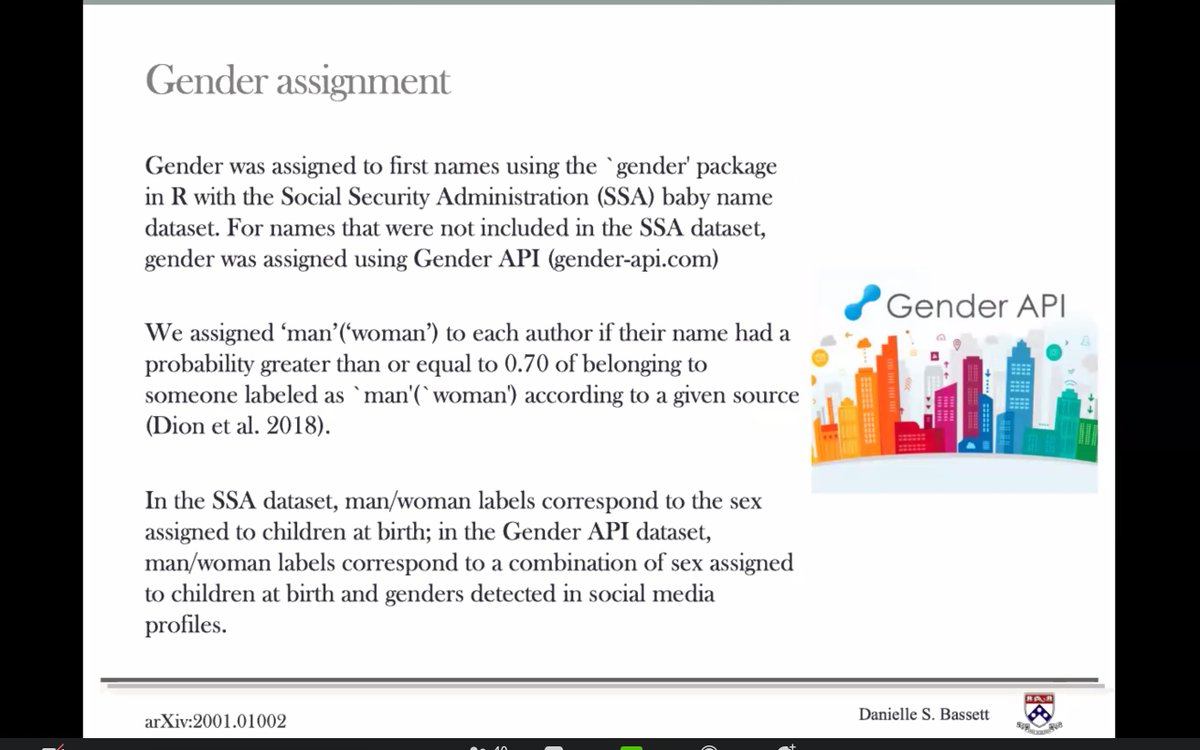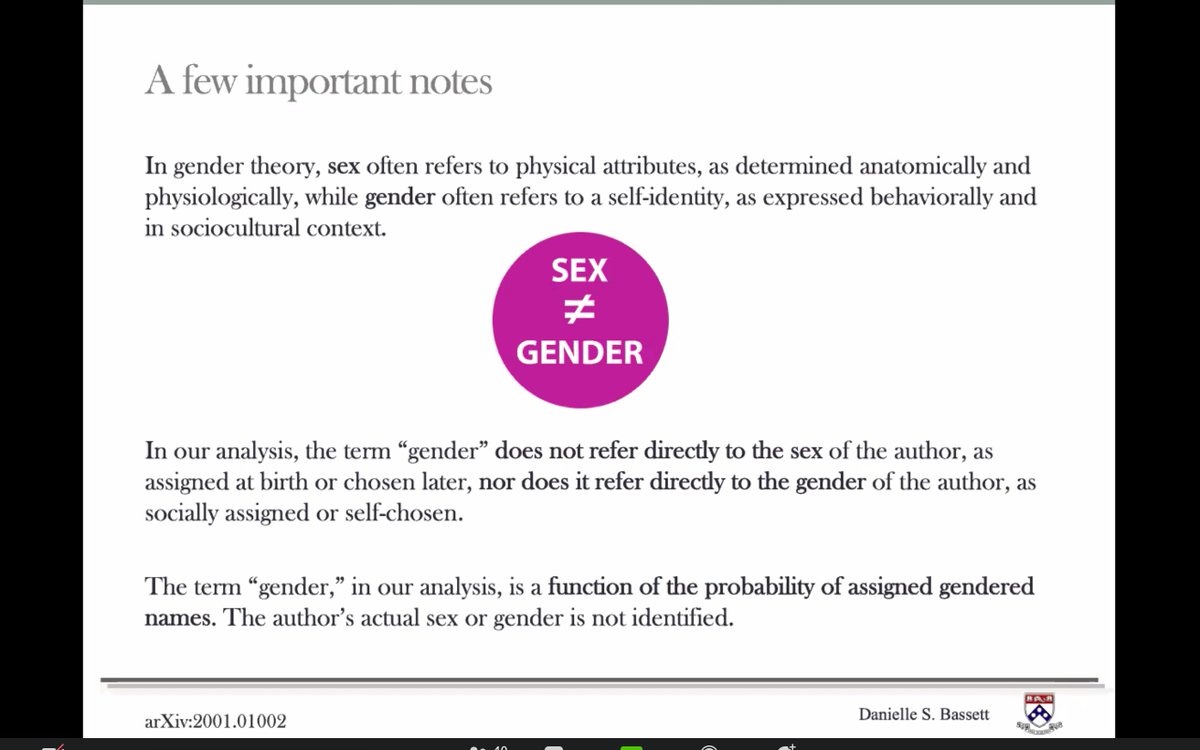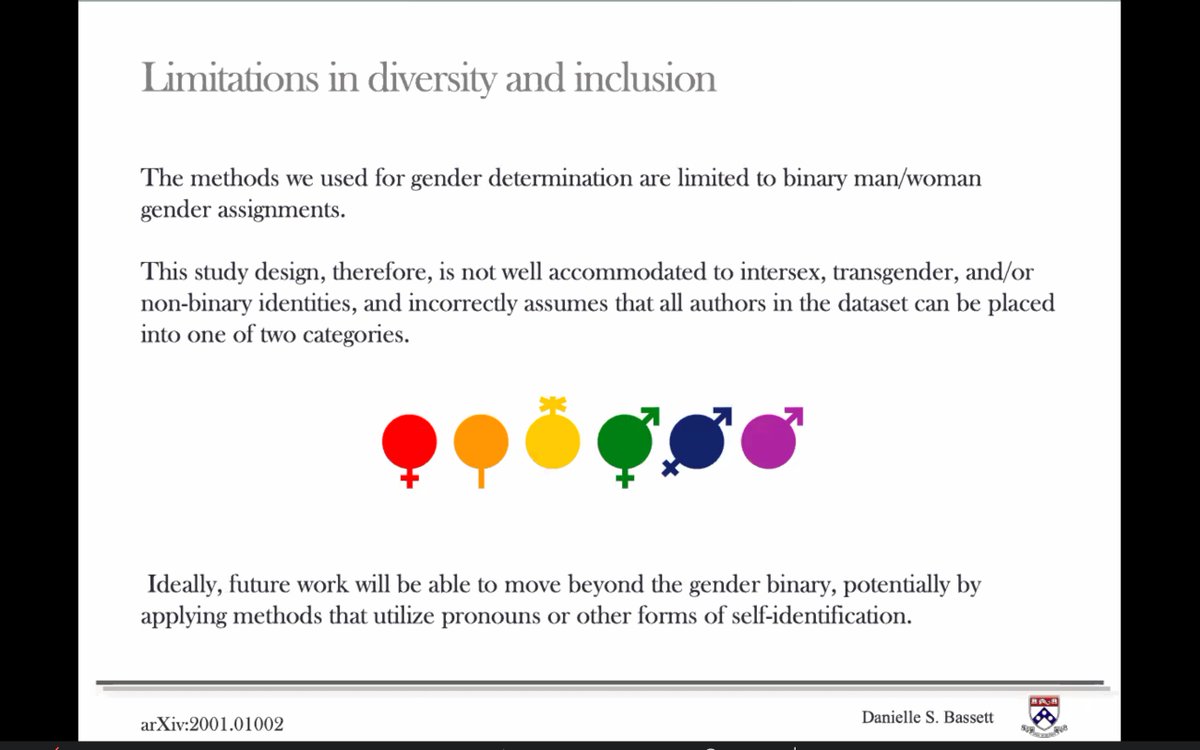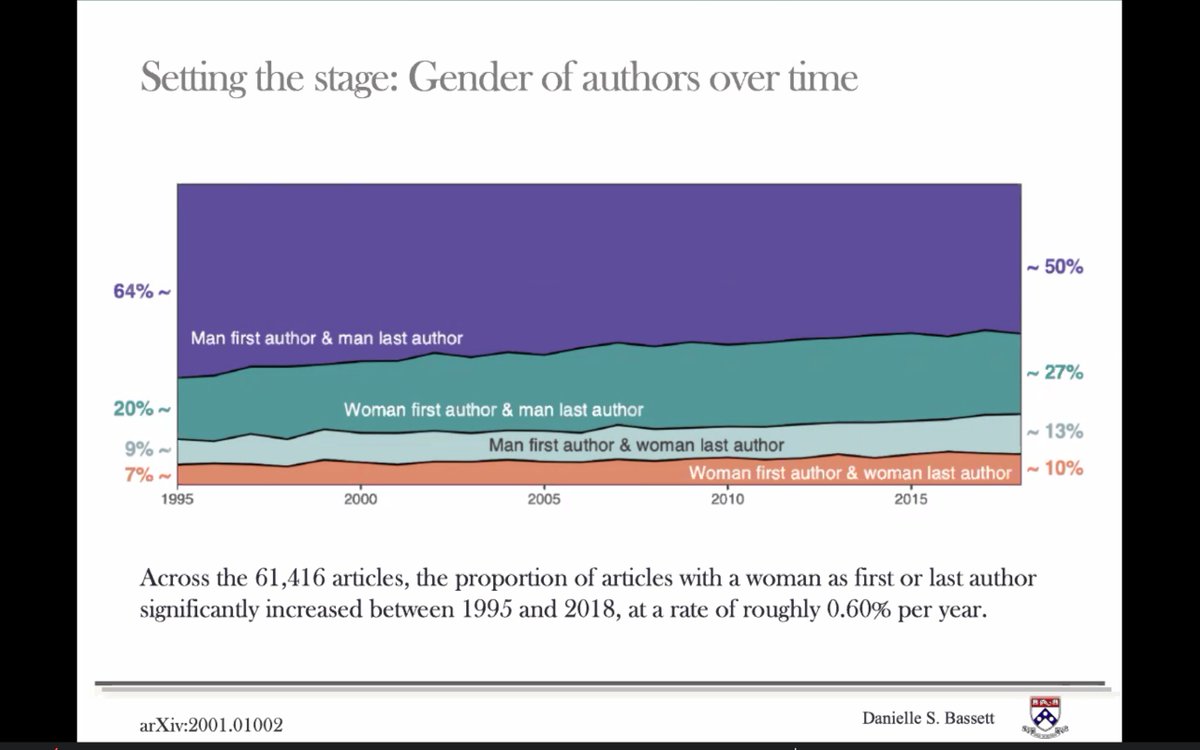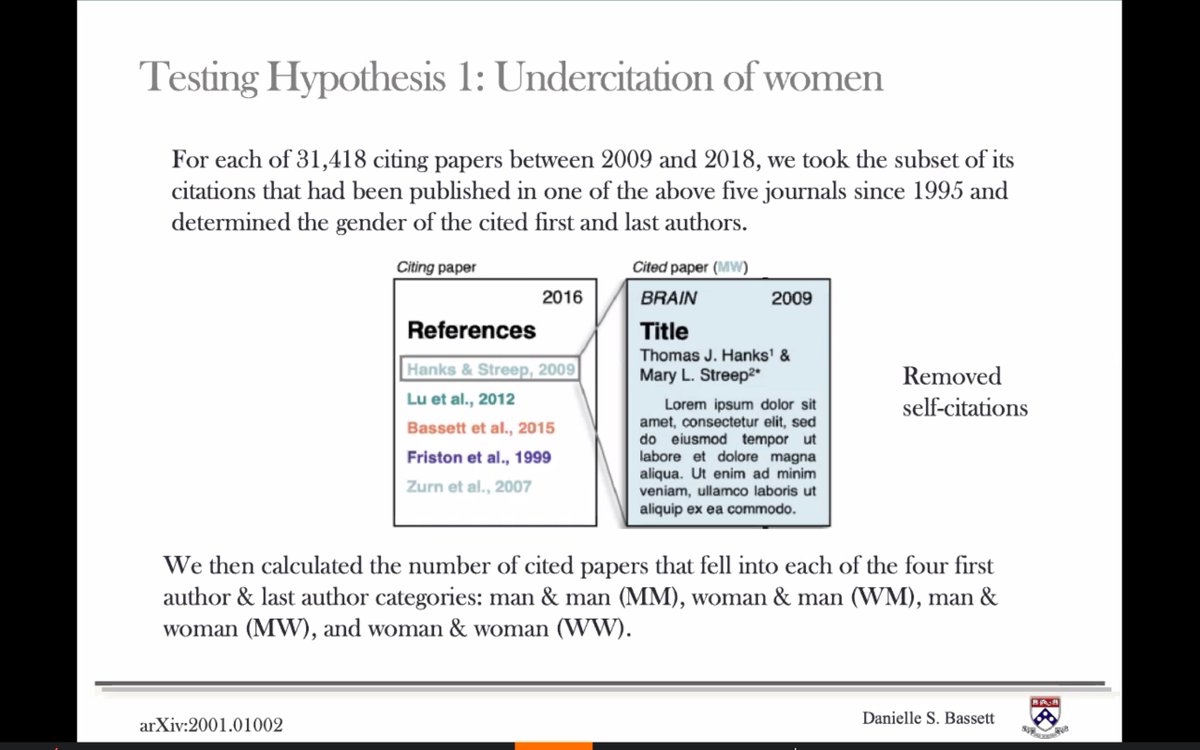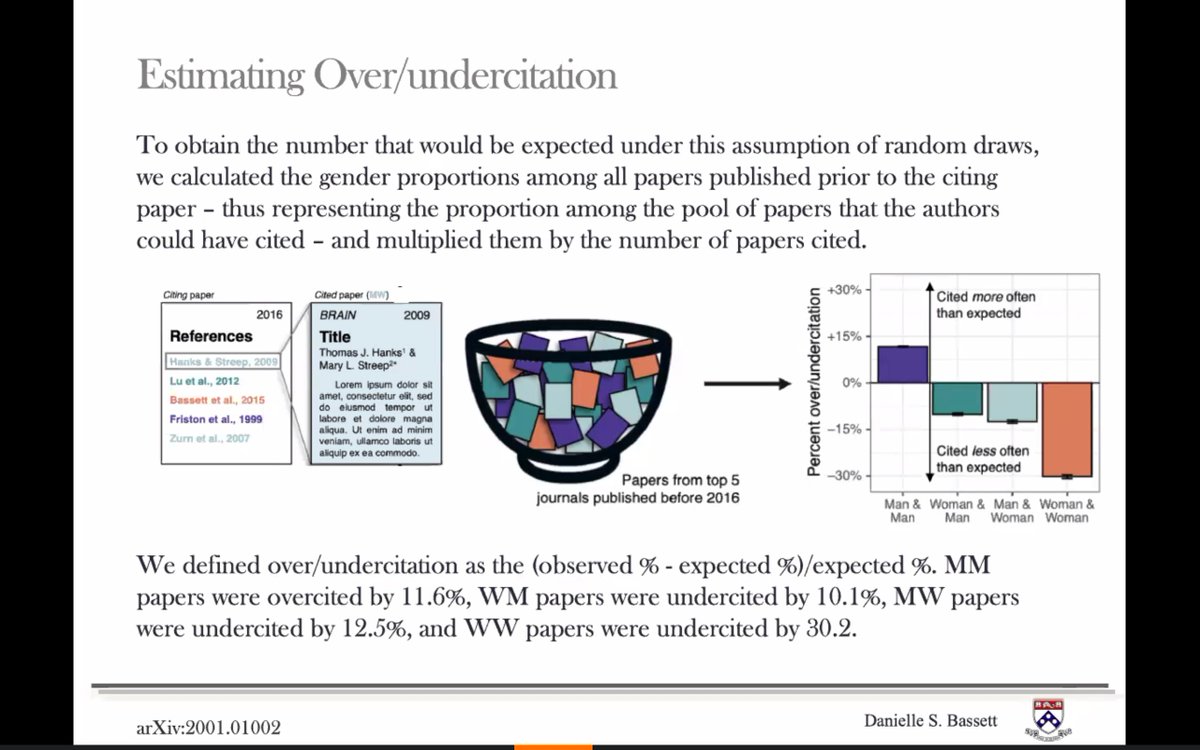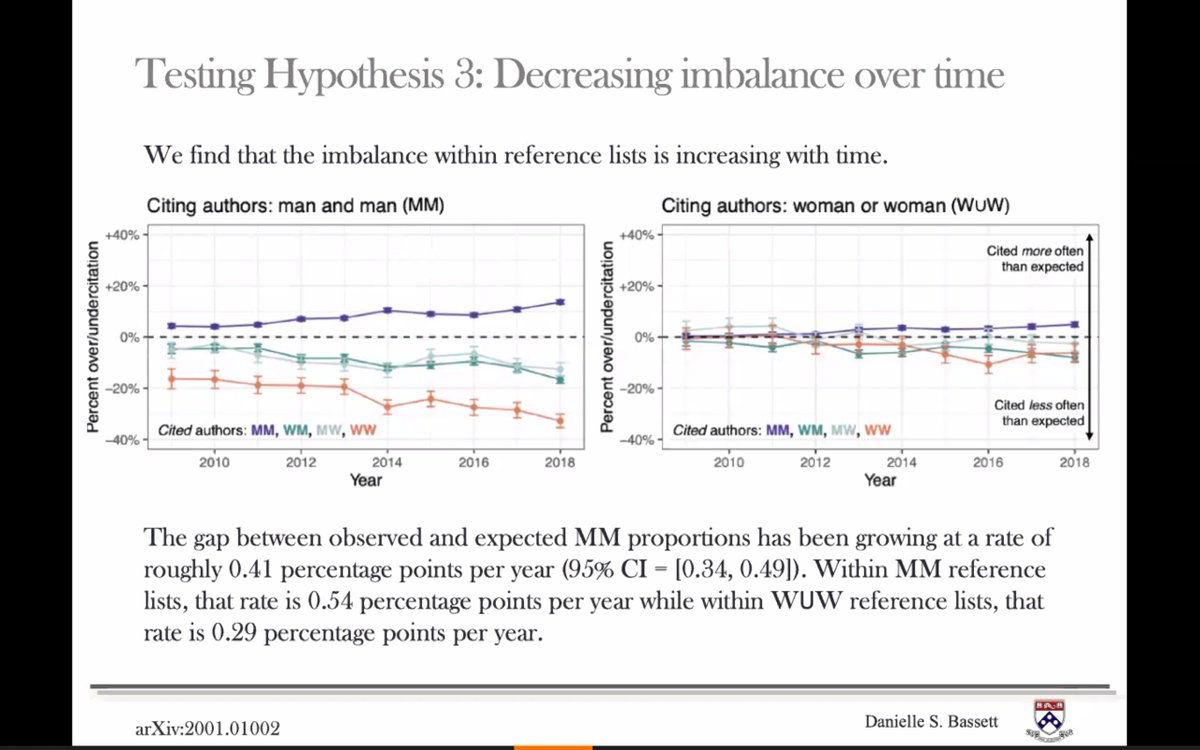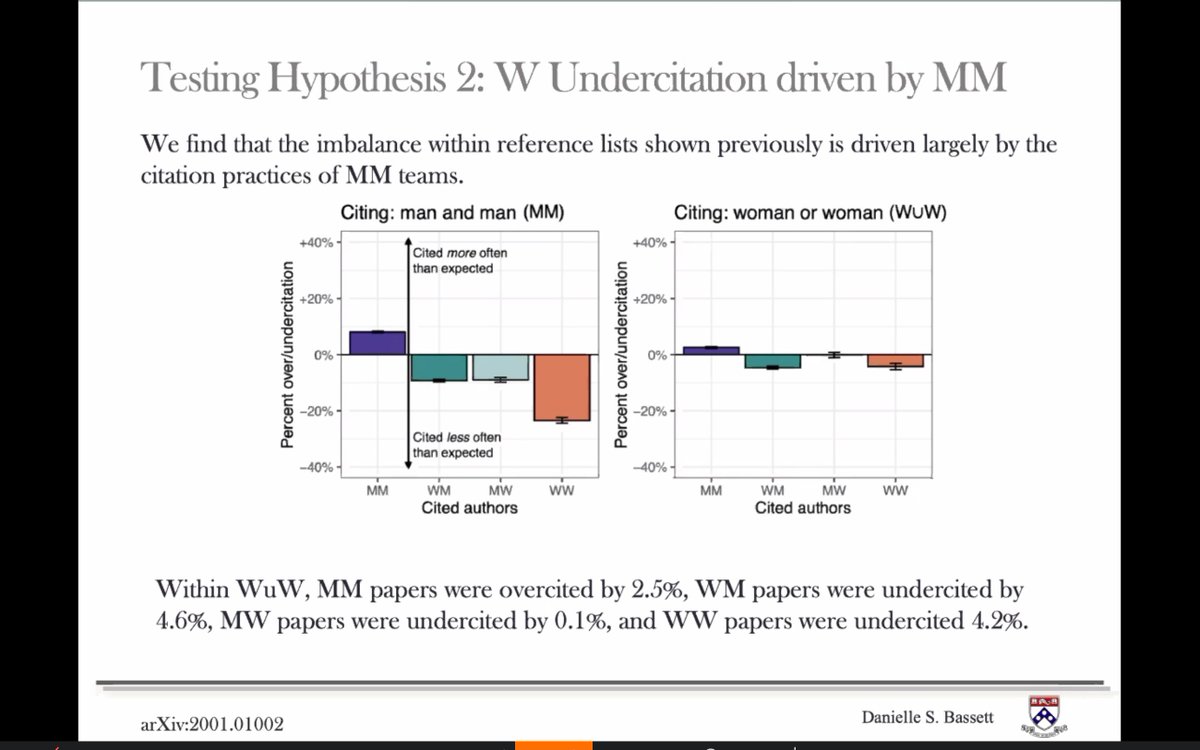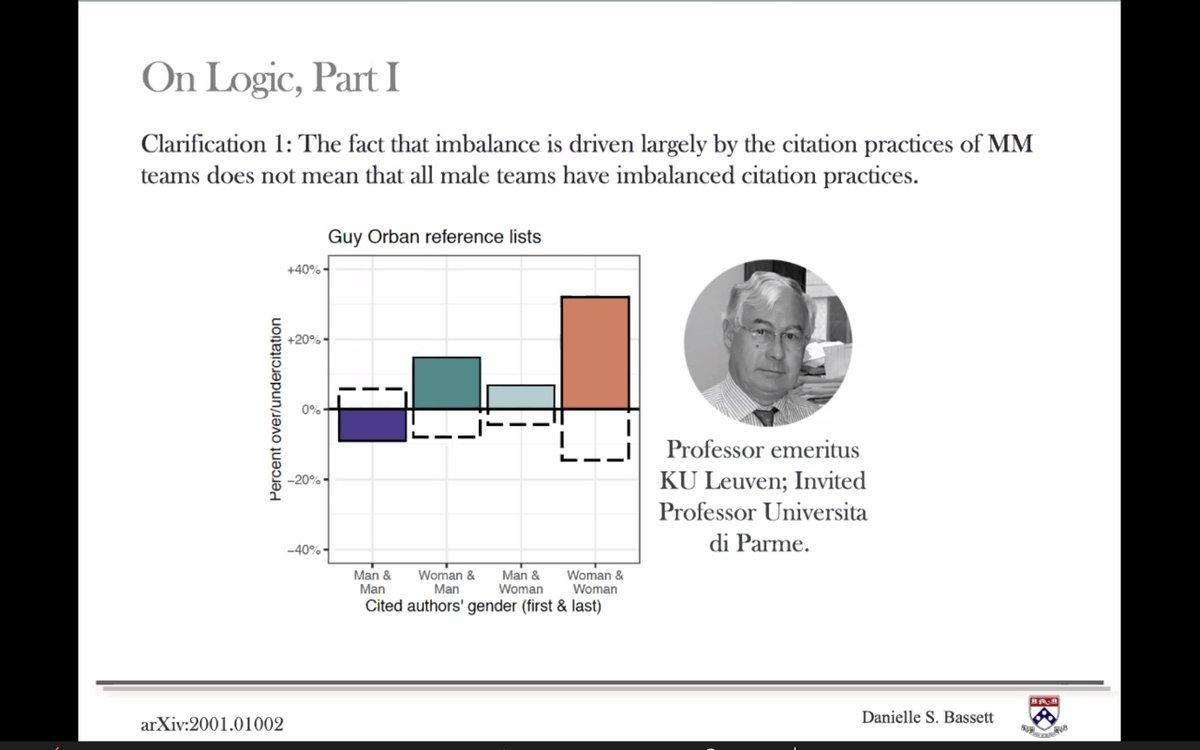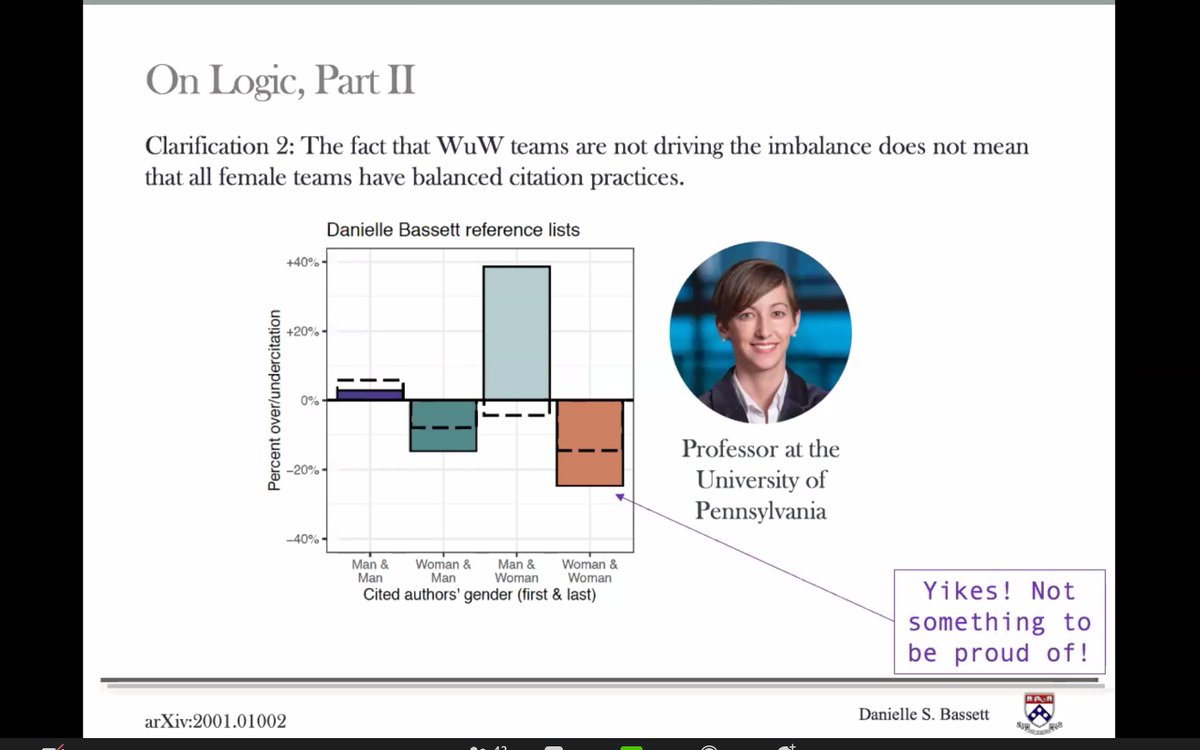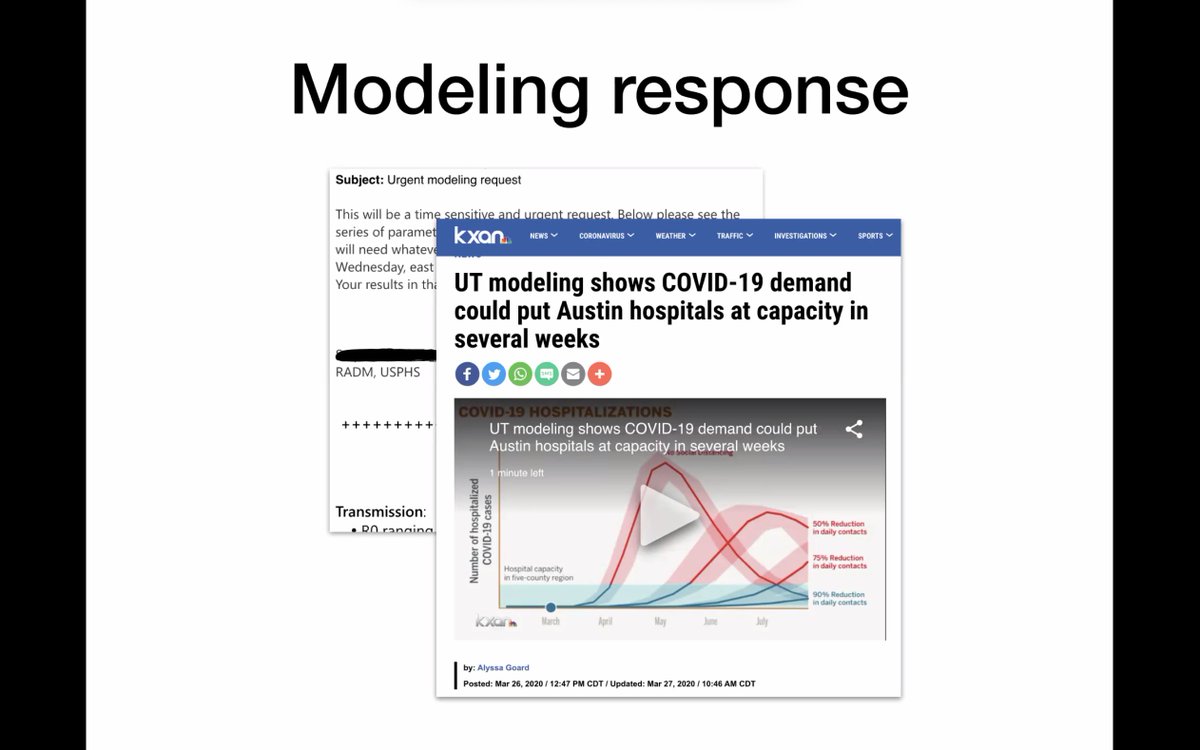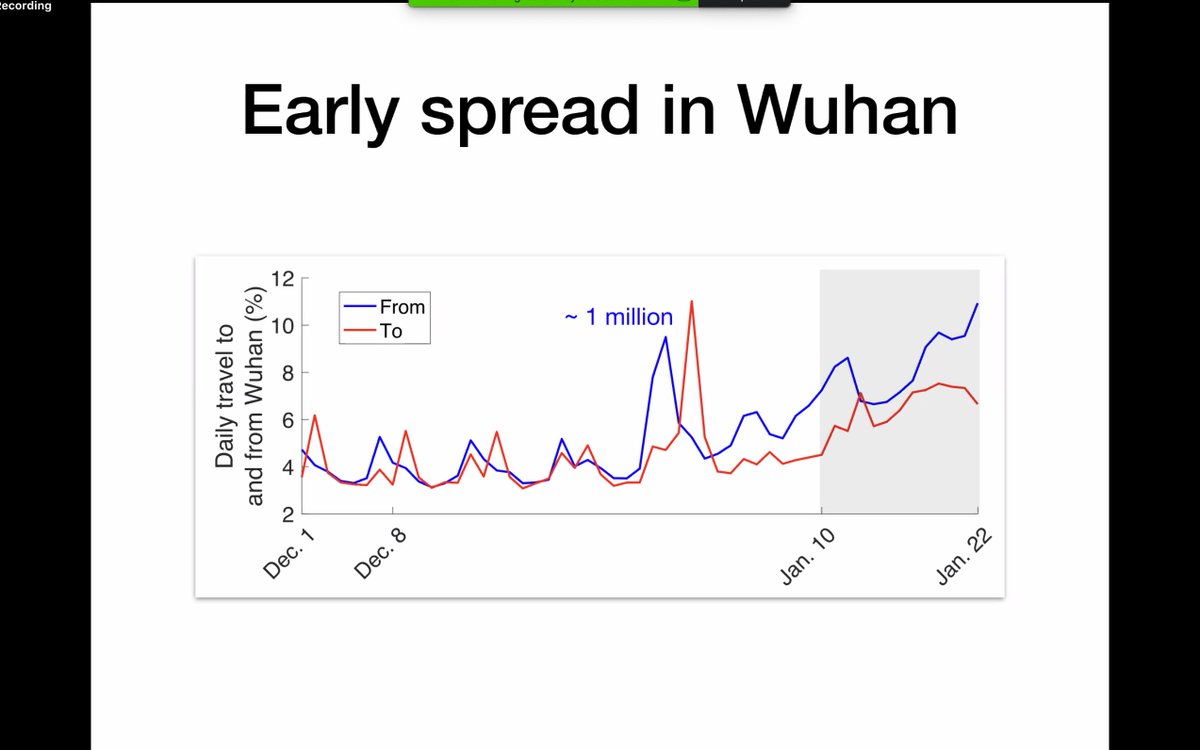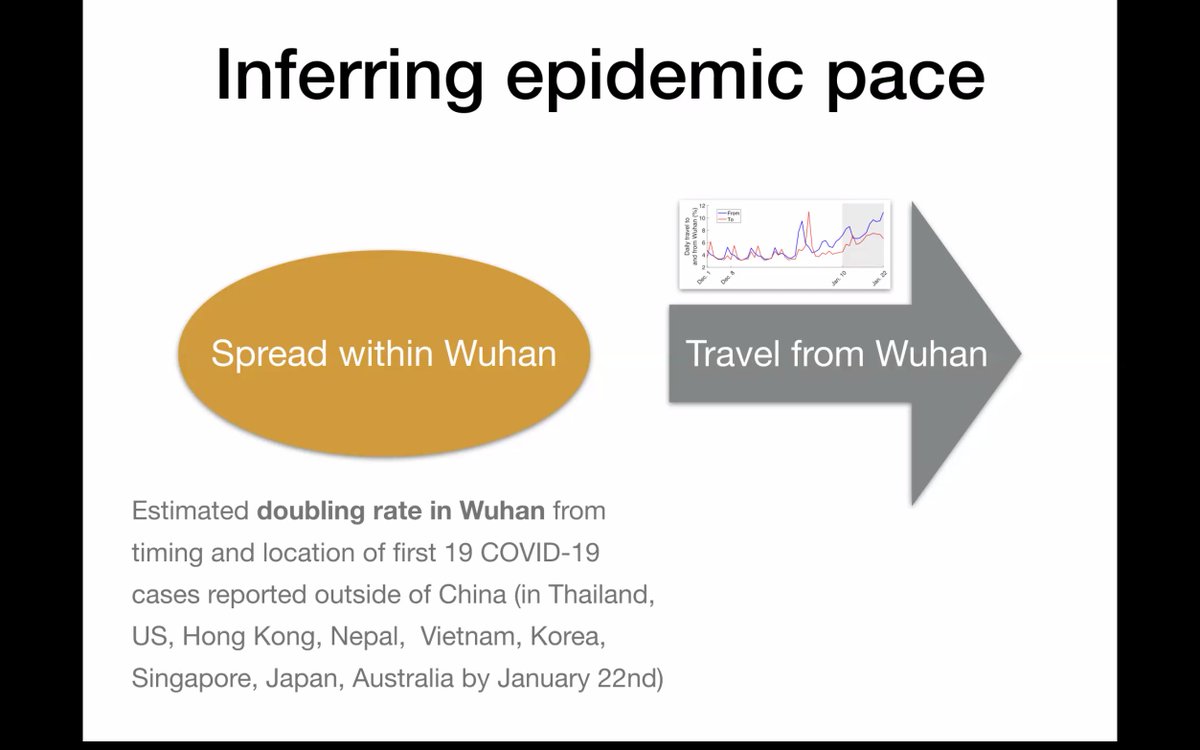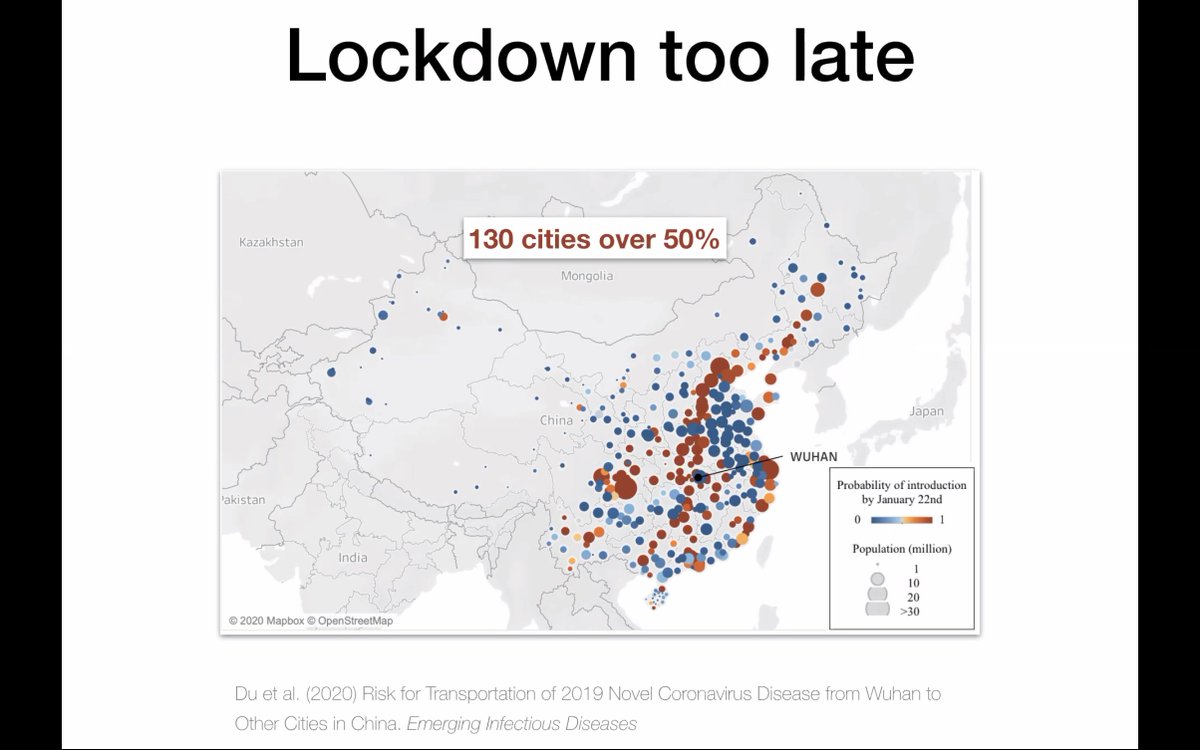
This week at SFI: "#Complexity and the Structure of #Music: Universal Features and Evolutionary Perspectives Across Cultures", an #interdisciplinary working group assembled to explore new frameworks for understanding music. Stay tuned for highlights!
santafe.edu/events/complex…
santafe.edu/events/complex…

"Every pitch class set is connected to every other pitch class set."
– @mbnUNT, co-organizer of this week's #musicology working group, presents on how to understand the #topology of #harmonic structures in music with #network diagrams (e.g. Pic 4 with #JSBach's BWV 66):



– @mbnUNT, co-organizer of this week's #musicology working group, presents on how to understand the #topology of #harmonic structures in music with #network diagrams (e.g. Pic 4 with #JSBach's BWV 66):




Once you represent a musical composition as a network, it is possible to examine the evolutionary dynamics of its harmonic content over time, as explained by @mbnUNT in his opening talk for this week's SFI #musicology working group.
(Ironically, this #Beethoven is #scalefree:)



(Ironically, this #Beethoven is #scalefree:)




...which brings @mbnUNT to the "Chinese Postman" problem — what are the fewest possible steps required to navigate multilayer score #networks as Eulerian circuits?
And then → measuring Shannon #entropy and #scaling for quantitative measures of the complexity of #music:



And then → measuring Shannon #entropy and #scaling for quantitative measures of the complexity of #music:




"The tools for data analysis & network theory are available..."
- @mbnUNT on the toolkit for studying the network structures of musical harmony, allowing for quantitative comparisons of #FrankZappa & #Queen with #Haydn & #Mozart:
materialssoundmusic.com
musicntwrk.com

- @mbnUNT on the toolkit for studying the network structures of musical harmony, allowing for quantitative comparisons of #FrankZappa & #Queen with #Haydn & #Mozart:
materialssoundmusic.com
musicntwrk.com
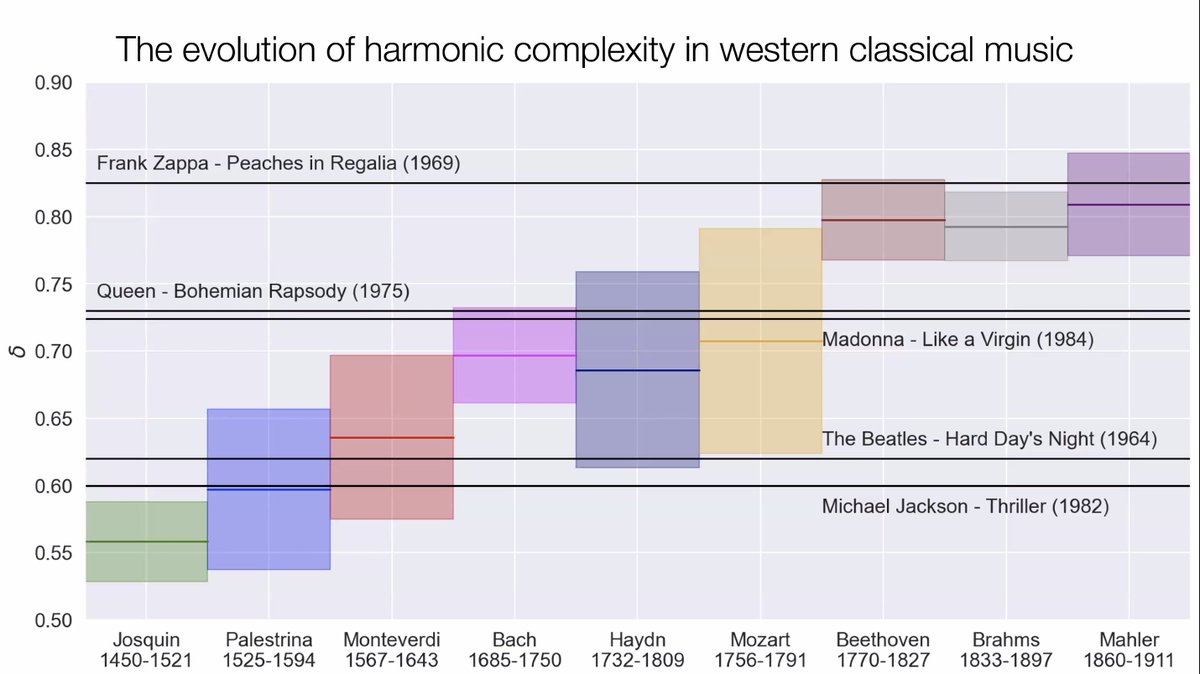

Measuring #entropy and #disequilibrium in the harmonic structure of musical #networks, SFI External Prof @migfreb build on the work of @mbnUNT to compare musical dynamics to social revolution. "What is the probability of a given node of a given degree to be connected to another?" 






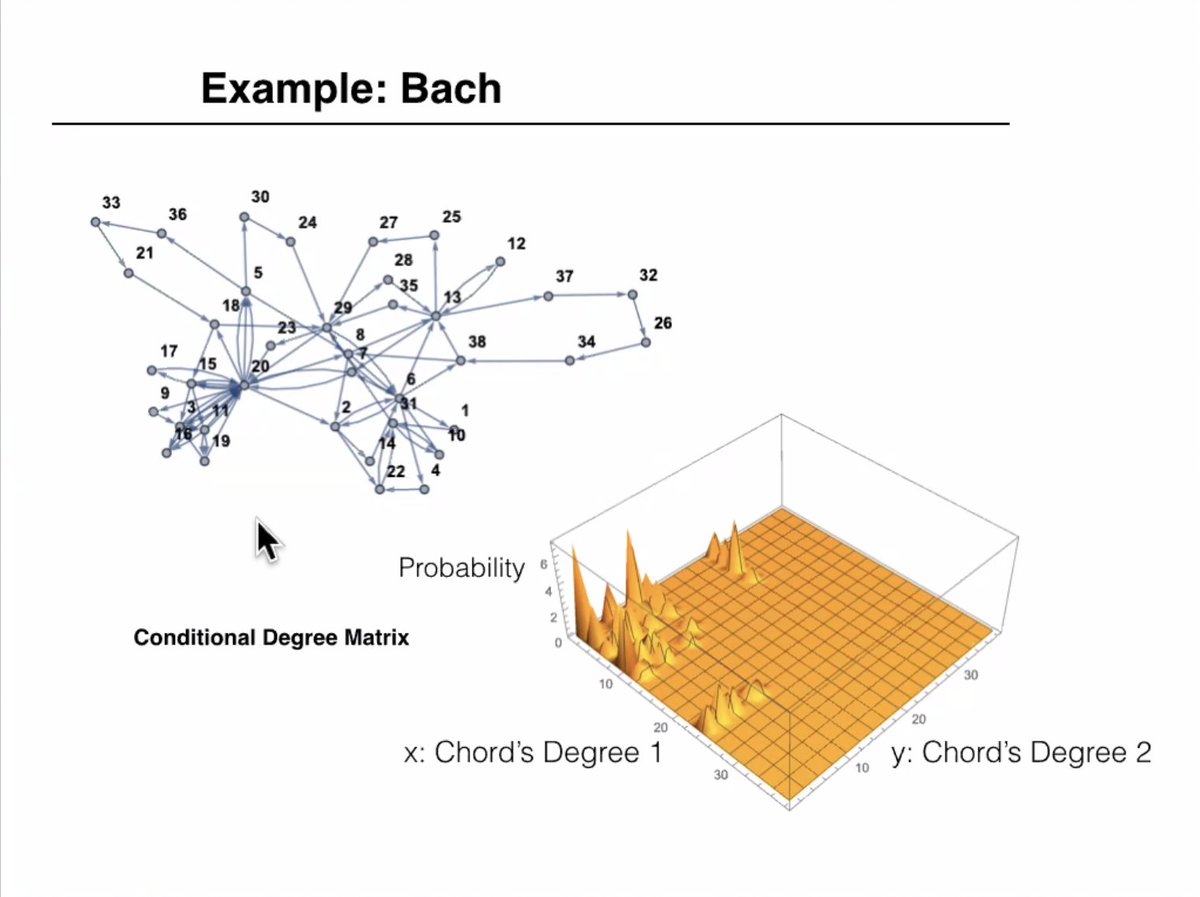
Studying the arrow of #time in musical #narrative: Gustavo Martinez Mekler uses statistical analysis to differentiate #music from #noise by identifying aspects of temporal asymmetry in compositions. (What is the signature of #creativity in human activity, music or #science?) 







What makes #music "pleasant" to listen to?
Gustavo Martinez Mekler on #nonlinearity in composition and the statistical properties correlated to the subjective experience of harmonic structure in #time.
As many have noted, #expectation and #surprise figure into this heavily:



Gustavo Martinez Mekler on #nonlinearity in composition and the statistical properties correlated to the subjective experience of harmonic structure in #time.
As many have noted, #expectation and #surprise figure into this heavily:


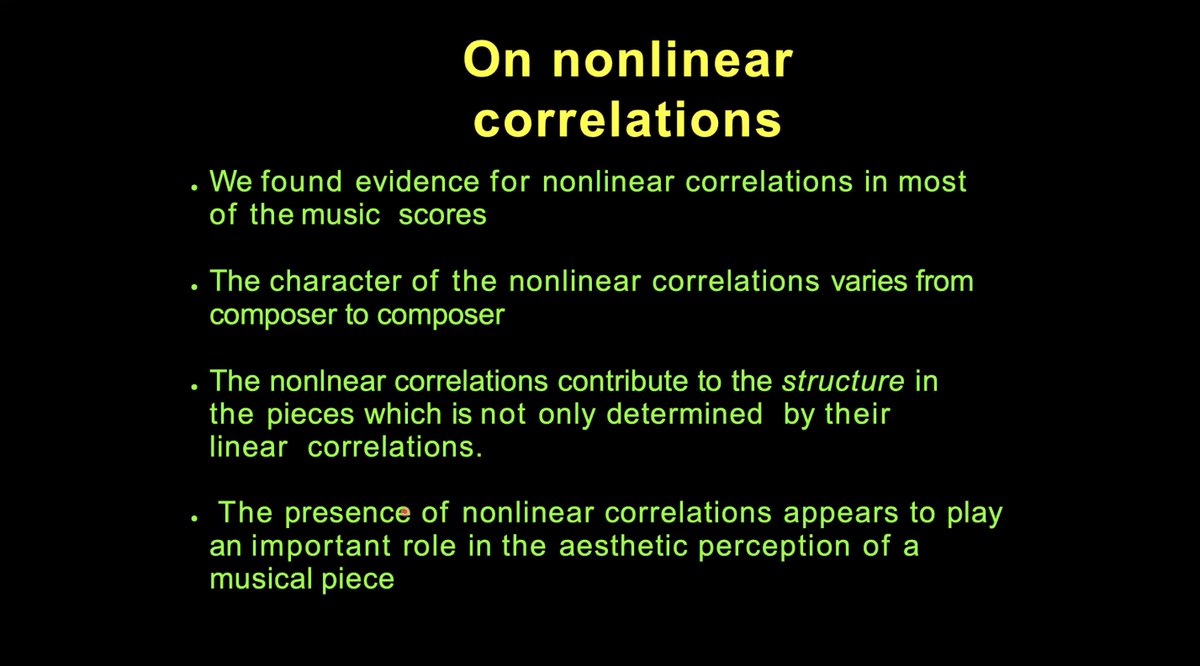

And we're back for day two of our virtual #musicology & #complexsystems working group & sharing what we can of these sessions!
1st up is Dmitri Tymoczko of @Princeton: "I'm going to speak in the language of music, instead of the language of statistics."
wiki.santafe.edu/index.php/Comp…



1st up is Dmitri Tymoczko of @Princeton: "I'm going to speak in the language of music, instead of the language of statistics."
wiki.santafe.edu/index.php/Comp…




"When you listen to a great composer, they are telling a story by manipulating patterns within this space..."
Dmitri Tymoczko of @Princeton gives a ripping tour of The Quadruple Hierarchy of movement in compositions:
#musicology #harmony #complexity



Dmitri Tymoczko of @Princeton gives a ripping tour of The Quadruple Hierarchy of movement in compositions:
#musicology #harmony #complexity




Using The Quadruple Hierarchy to analyze and automate compositions, Dmitri Tymoczko of @Princeton offers formalisms for understanding and exploring the structure of #music — recording available ASAP, but full slides from this presentation available at madmusicalscience.com/complexity.pptx 







Musical notation dates at least to Ancient Egypt.
"As an archaeologis, I wonder, can we get beyond the artifact & notation? What is the spacing between the notes; what can that tell us? Especially if dozens of bone flutes and the spacings are the same?"
- SFI's @StefaniCrabtree
"As an archaeologis, I wonder, can we get beyond the artifact & notation? What is the spacing between the notes; what can that tell us? Especially if dozens of bone flutes and the spacings are the same?"
- SFI's @StefaniCrabtree
SFI's @ChrisKempes explores ecological and evolutionary perspectives of artists (in #music and #film), showing #exponential distributions of author/work lifespans that look just like the distributions of #species within #ecosystems: 







"Maybe we shouldn't talk about the complexity of #music but the complexities of music, across cultures."
@msantolini of @interactiondata on the incommensurability of different measures of expectation and surprise & how to compare #innovation in one cultural context vs. another:



@msantolini of @interactiondata on the incommensurability of different measures of expectation and surprise & how to compare #innovation in one cultural context vs. another:




"When you look at #Bach, it tells you a lot about what was going on in the #culture at the time. It can tell you a lot about the #constraints of culture and opportunities in those constraints."
- SFI's @StefaniCrabtree
#music #musicology #complexsystems
- SFI's @StefaniCrabtree
#music #musicology #complexsystems
@iotronik on sonifying visual data and then creating feedback loops that use audio to drive imagery — recording available soon:
"A high tech form of primitive performance, in certain ways."
- @iotronik in today's SFI working group on the translation of visual data to audio and back.
"The result is a state of agitation, always becoming."

- @iotronik in today's SFI working group on the translation of visual data to audio and back.
"The result is a state of agitation, always becoming."
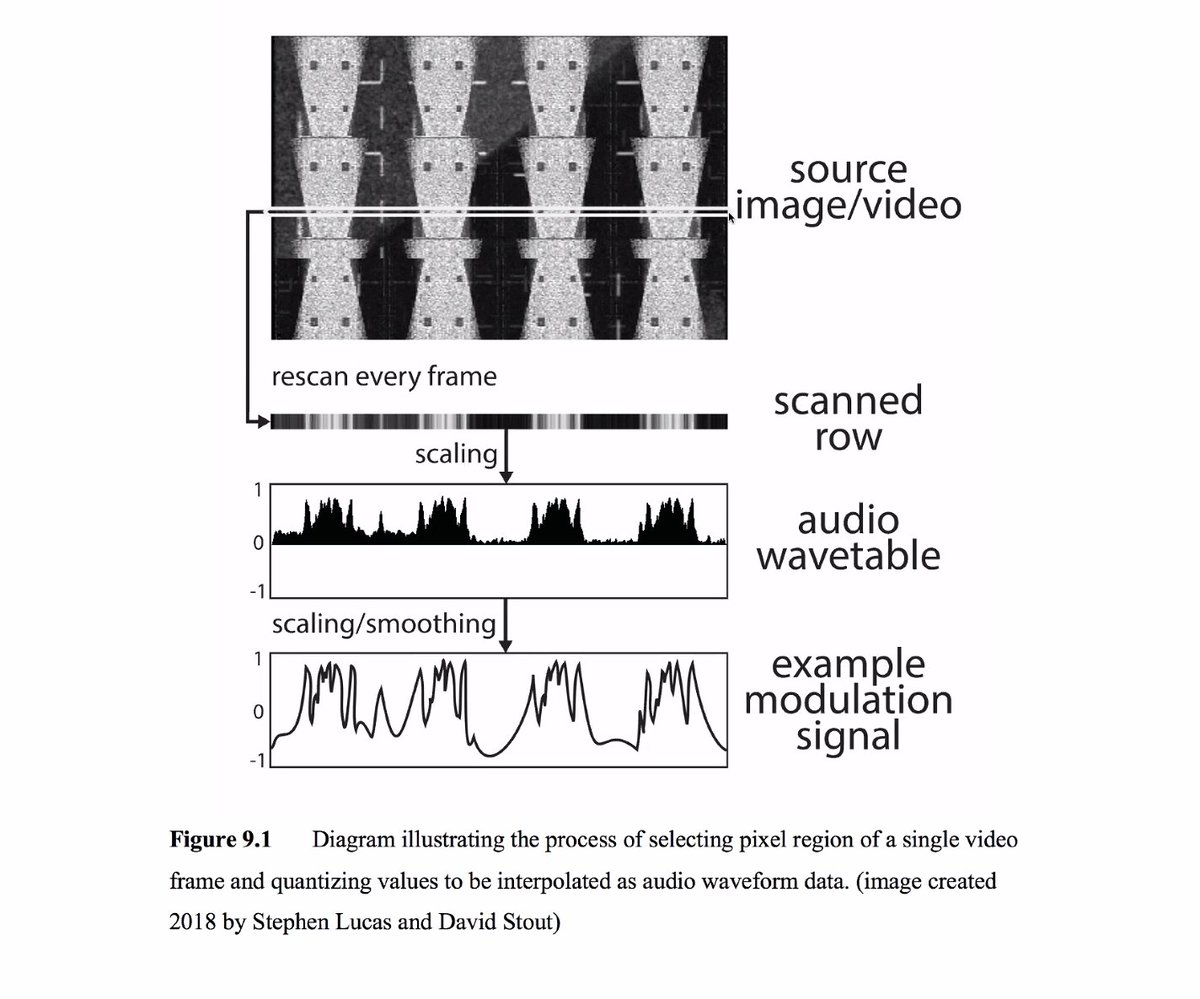
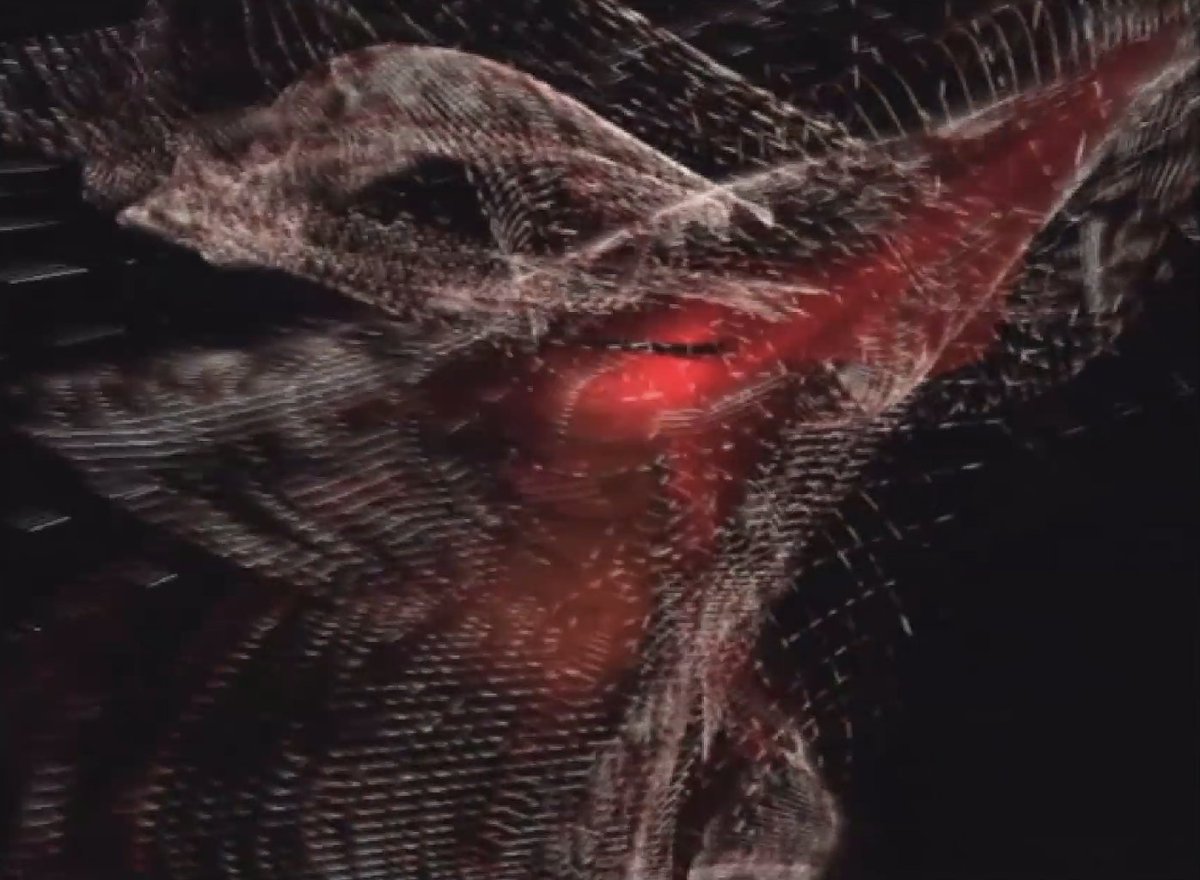
"We worked with Dale Chihuly's glassblowers and created a sculptural set based on this transform. If I were to map this to a keyboard...I could play melodies with this image. But I'm more interested in the visceral [when] anything I do to the image affects the sound."
– @iotronik

– @iotronik


"I have developed an intellectual form of #synaesthesia through practice..."
- @iotronik speaks at SFI today about the creation of virtual A/V ecosystems, the sonification of Indigenous craft patterns, and both analog & digital translations from one sensory domain into another:



- @iotronik speaks at SFI today about the creation of virtual A/V ecosystems, the sonification of Indigenous craft patterns, and both analog & digital translations from one sensory domain into another:




"I'm suggesting an exploration of 'dark ecologies,' a term from @the_eco_thought — think 'nano-galactic' — an alternate possibility for what #ambientmusic can be."
- @iotronik on the translation of ecological and structural properties into affective representations & performance



- @iotronik on the translation of ecological and structural properties into affective representations & performance




#Critical transitions in musical performances:
@TylerMarghetis on #Autocorrelation & #PunctuatedEquilibrium in musical performance, as in evolutionary ecologies:
"The question is, can you predict these [transitions]? And the answer is, yes."
#jazz #evolution #computers #time



@TylerMarghetis on #Autocorrelation & #PunctuatedEquilibrium in musical performance, as in evolutionary ecologies:
"The question is, can you predict these [transitions]? And the answer is, yes."
#jazz #evolution #computers #time




• • •
Missing some Tweet in this thread? You can try to
force a refresh

